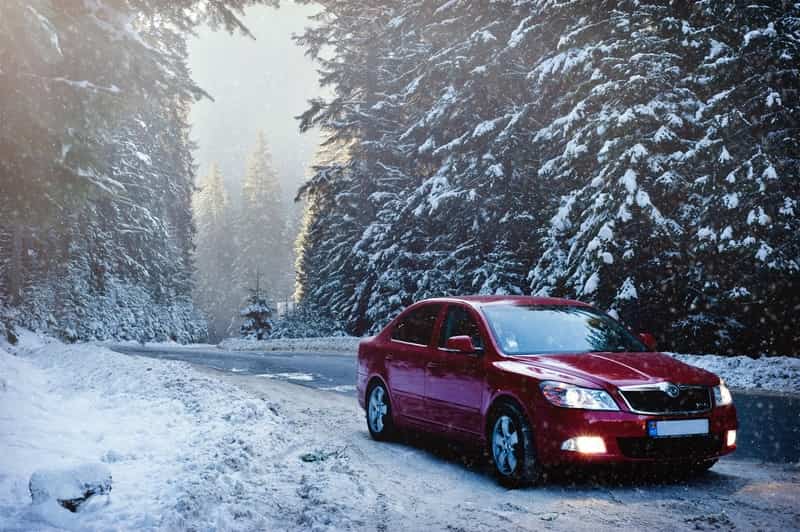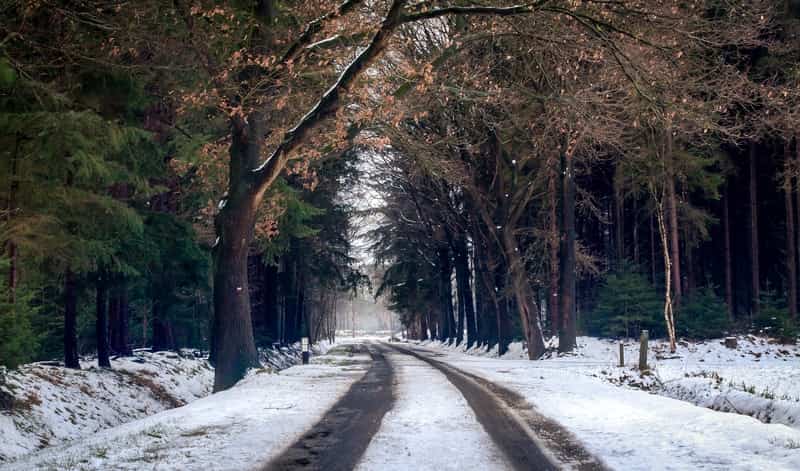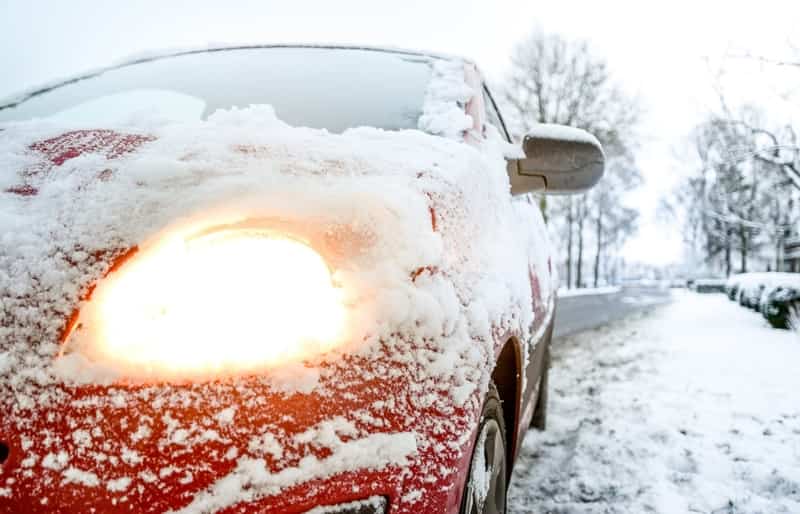Driving in winter can be tricky, but there are times when it is necessary: to pick up some shopping, to collect relatives from the train station or even to attend winter events such as Christmas markets, pantomimes or other festive activities. The following are simple, common-sense tips to keep you – and others – safe on the roads this winter.
Leave early, drive slowly
Give yourself plenty of time to get to your destination at a moderate speed. Drive defensively in poor weather too, even if you know you are a good and safe driver. This is important, as it’s not only your own driving that might cause an issue for you – it’s also the driving of others, who may not be as experienced at driving on icy roads.

Winter Tyres
Winter tyres are designed to grip better on icy or slushy roads, so you can continue driving no matter the conditions. They prevent skidding and sliding, and will make you and your passengers feel safer. Your local garage can advise you on the best winter tyres for your region and your vehicle, and often will fit the tyres for you too.
Winter road hazards

The UK gets an average of 23.7 days of snowfall or sleet per year, but it only takes the thinnest layer of snow for traffic to be affected – one or two panicking drivers can have a knock-on effect, resulting in a ripple effect of slow or delayed traffic, minor accidents and raised anxiety levels. Sometimes snow can fall quite heavily, and this can be very disorienting as it can cover familiar landmarks and make you lose track of where you are on your journey. Not only this, but staying in the right lane on a thickly covered road can be tricky, with the hard shoulder disguised from view and the edge of the road invisible.
You may also like to read, “Top 5 Safest Vehicles To Drive“.
Icy roads are no better. If it is visible ice, drivers should proceed cautiously at a steady pace until the wheels grip once again. Black ice is even scarier, because it appears as a thin shiny layer on top of the road’s surface, unnoticed by anyone looking through a windscreen. Should the road have black ice on it before a stop sign or traffic lights, it may be impossible to brake in time, leading to skids and accidents. There is nothing to be done once you hit a patch of black ice, hence the advice about driving defensively – looking out for other drivers and the issues they may be facing.
With both snow and ice on an untreated road, the safest way to drive is slowly, keeping up a steady pace and watching out for any hazards. However, the best practice of all is to stay off the roads if you can. Learn about how the roads in your area are treated during bad weather so you know what to expect in worst-case scenarios. Check weather reports, think ahead and make large purchases and long trips in good weather, and try to arrange cover so you can take a day off the road in the event that the weather does turn bad.



1 Comment
Thanks for sharing this article, it sure will help a lot of people like me.